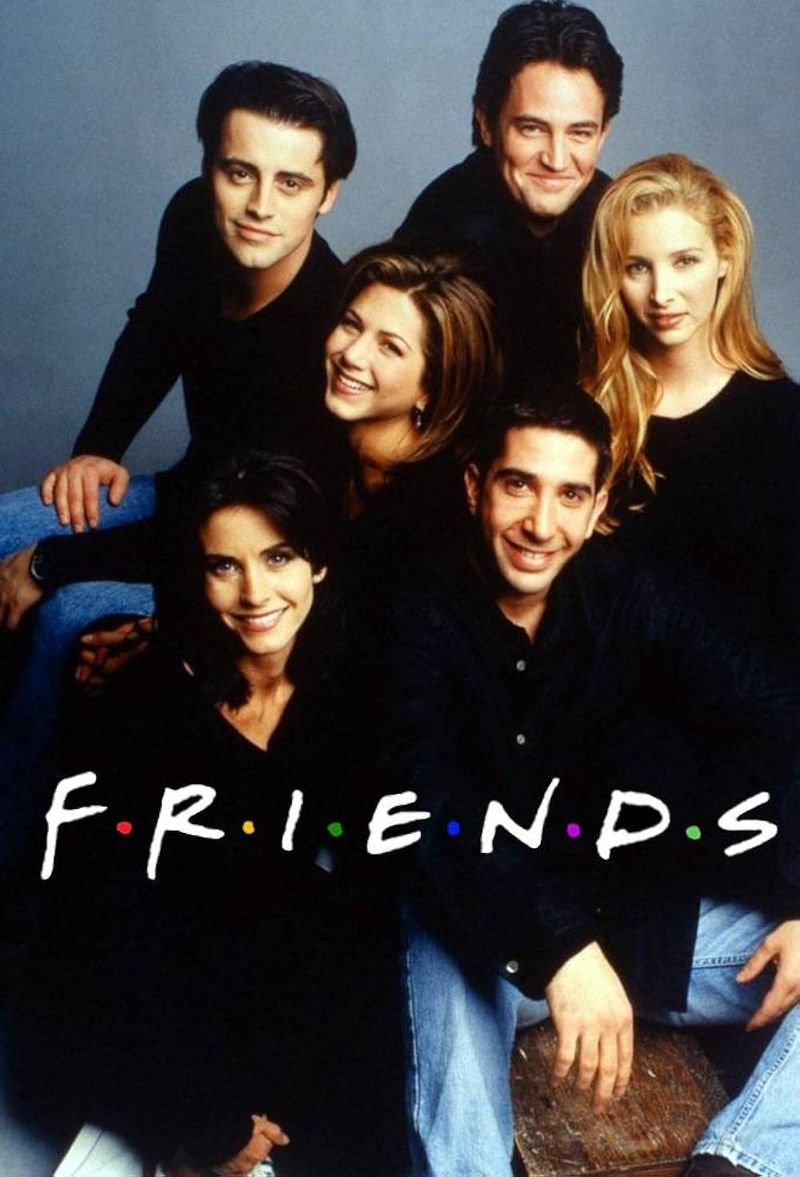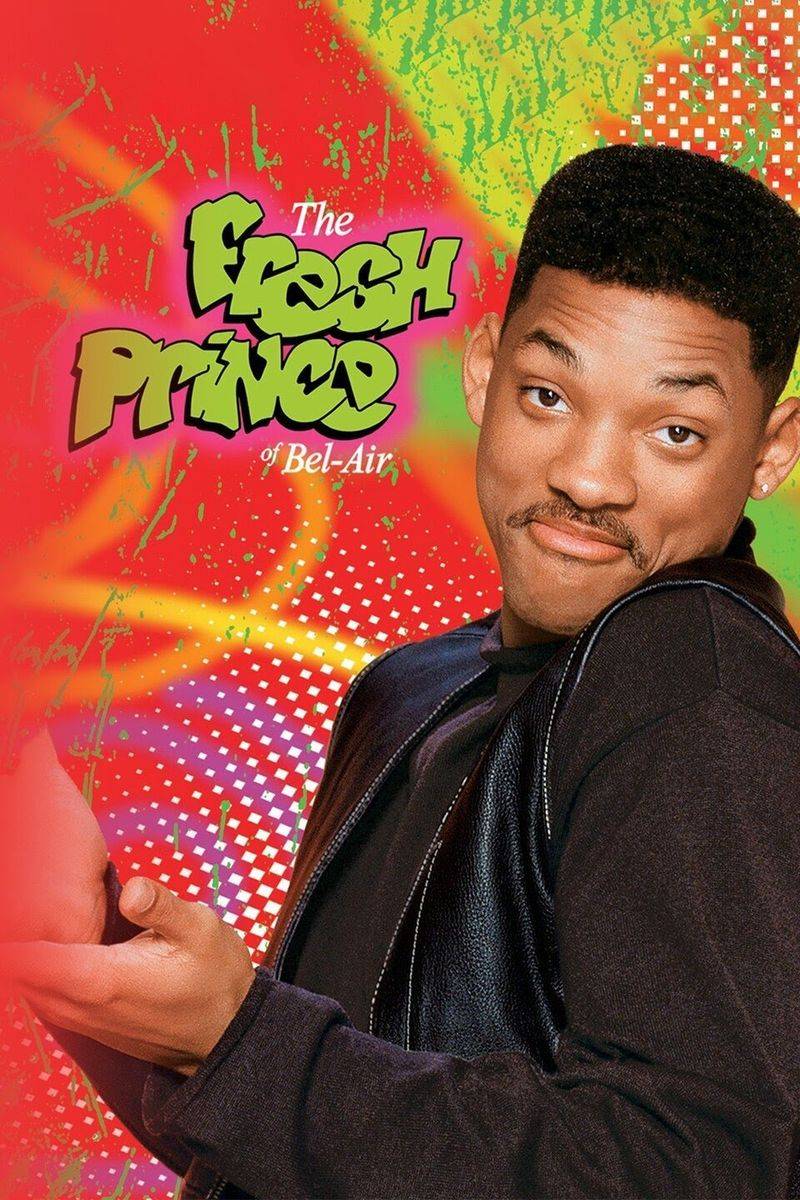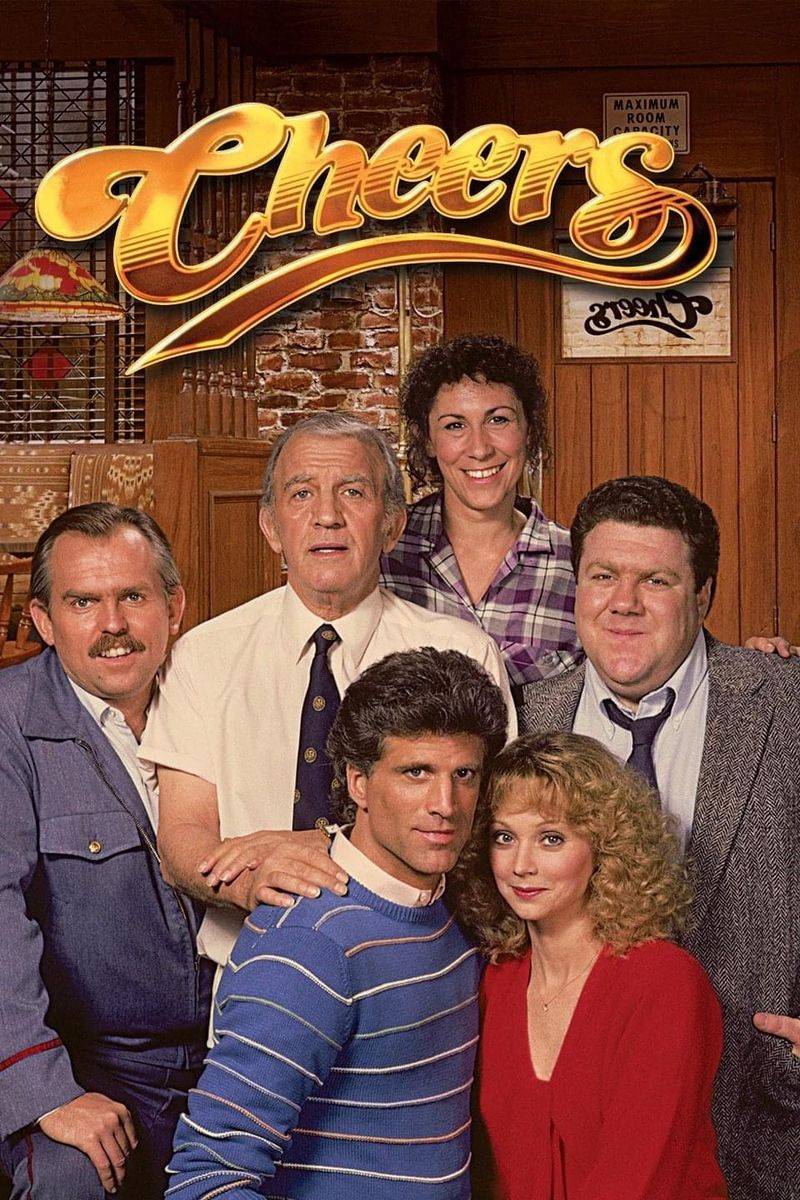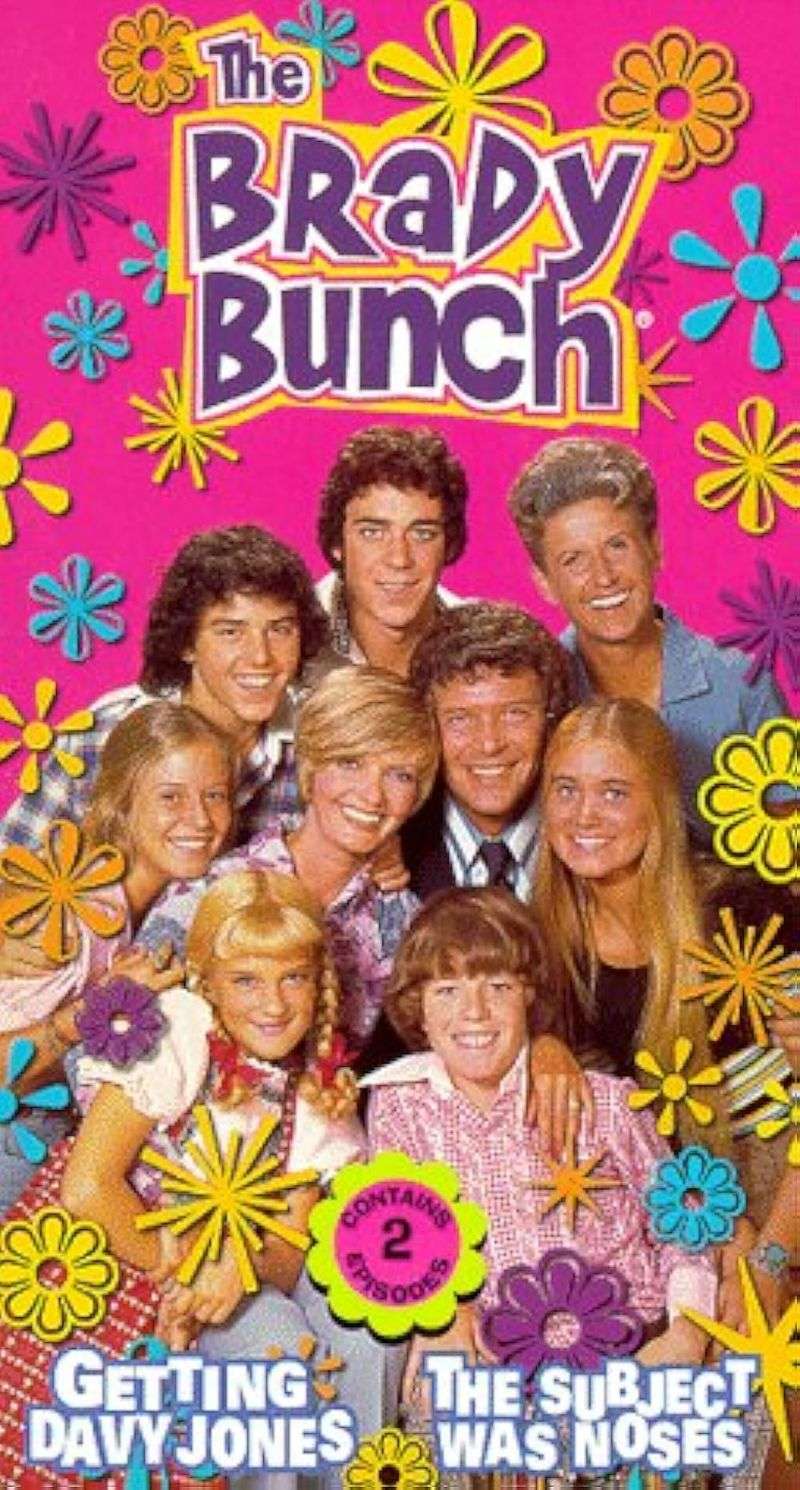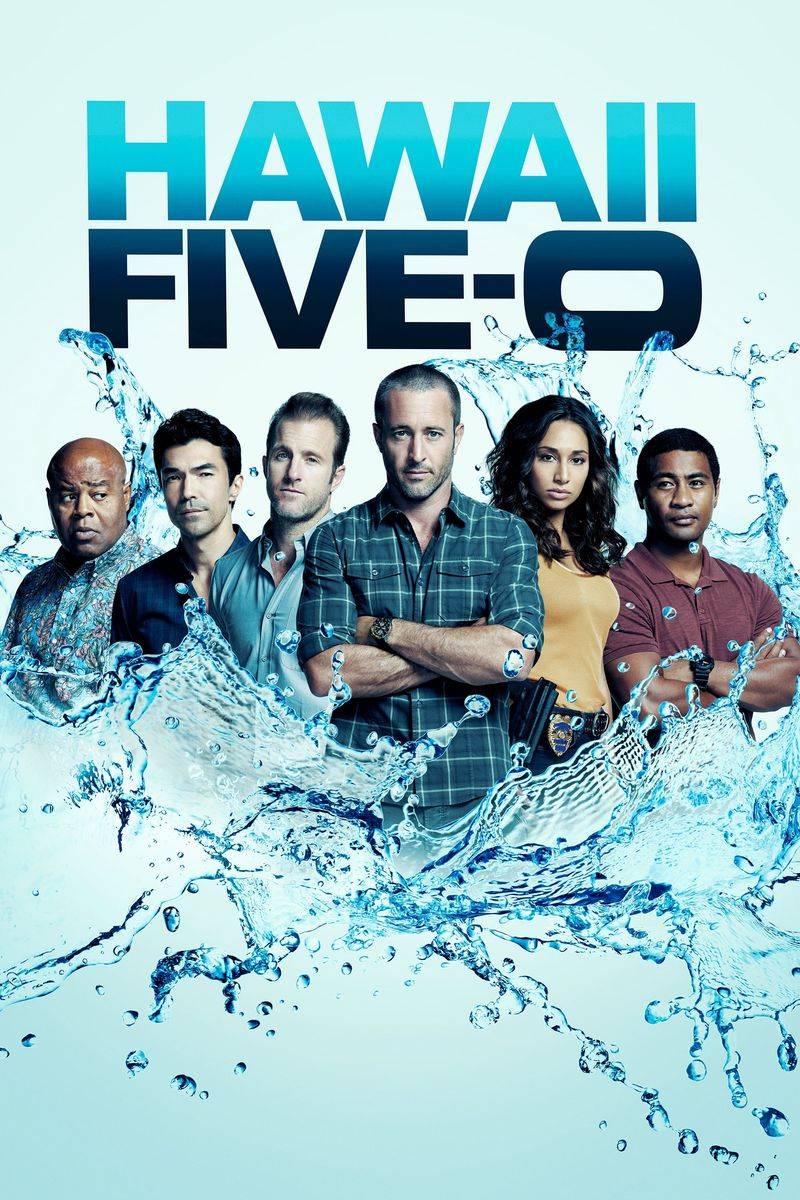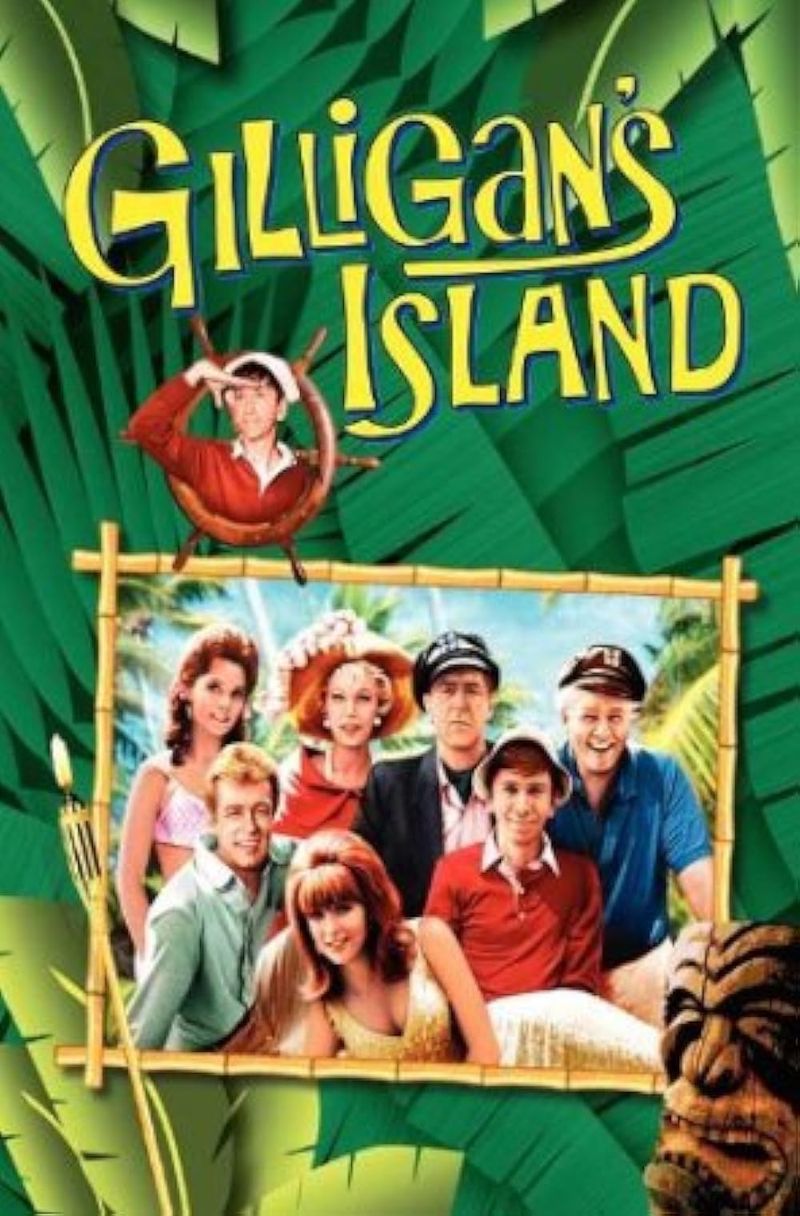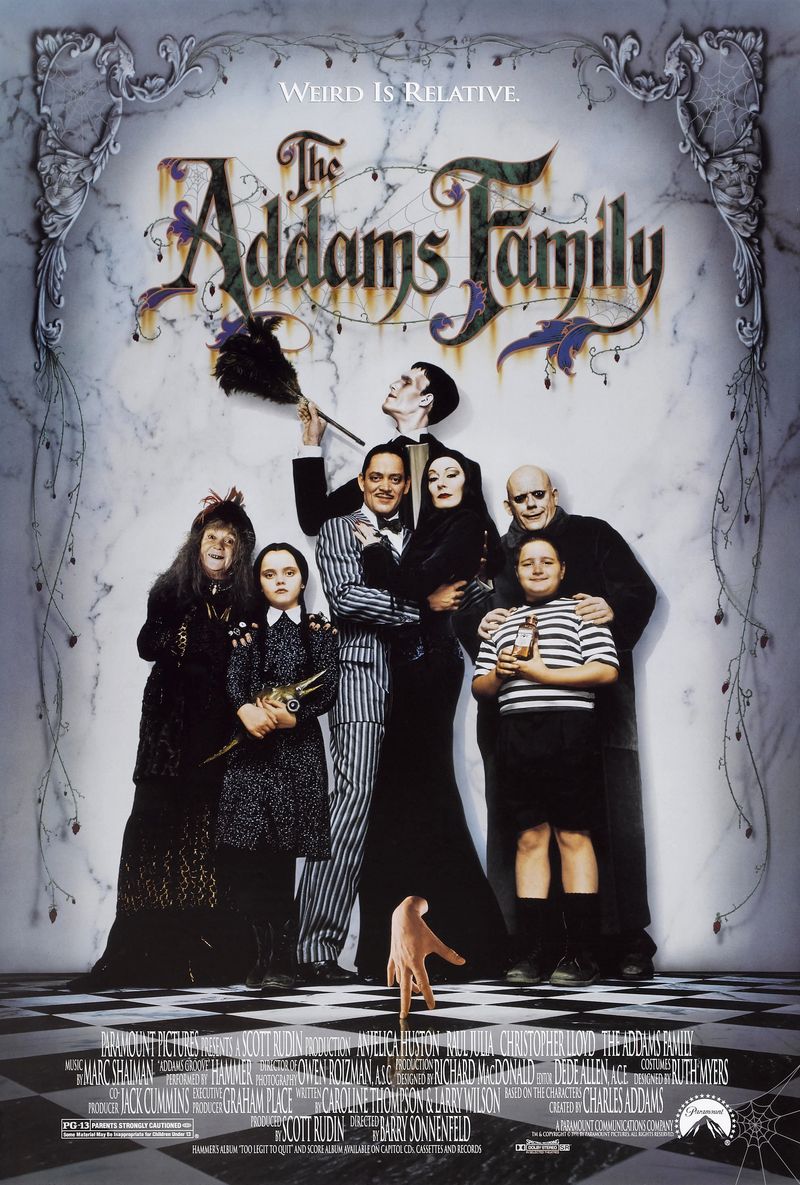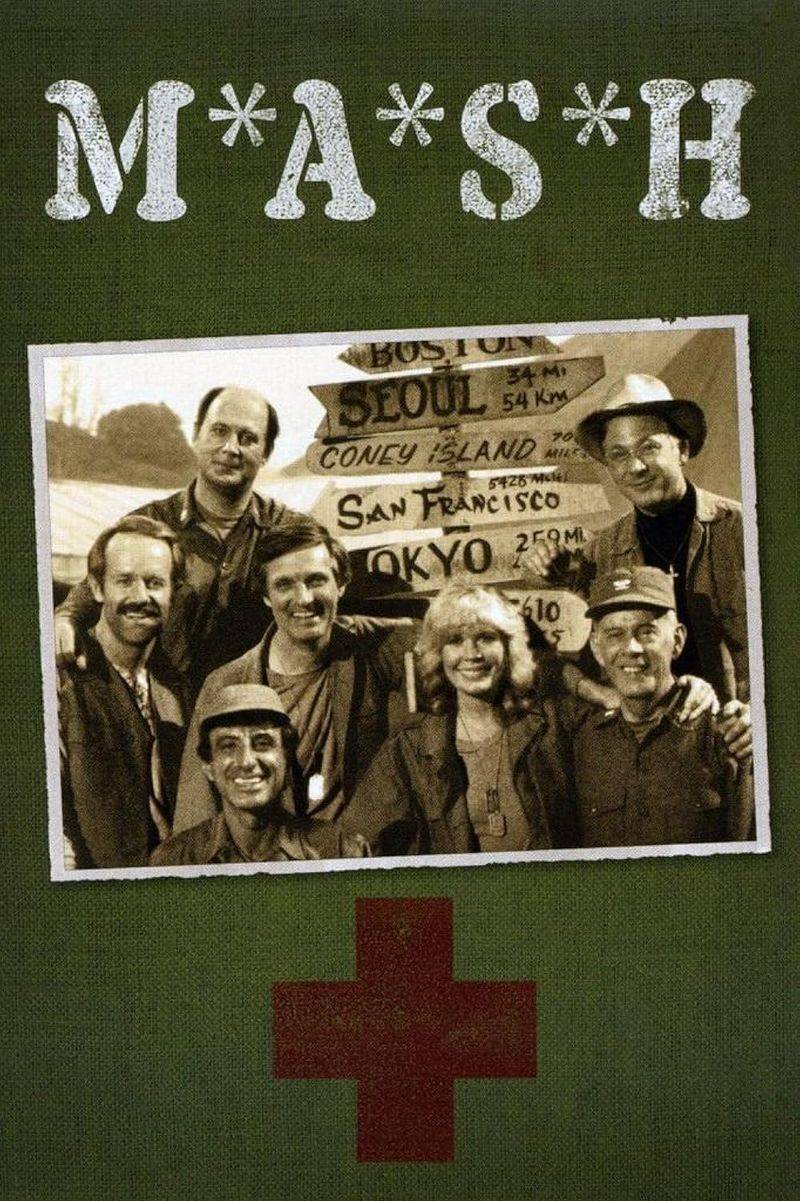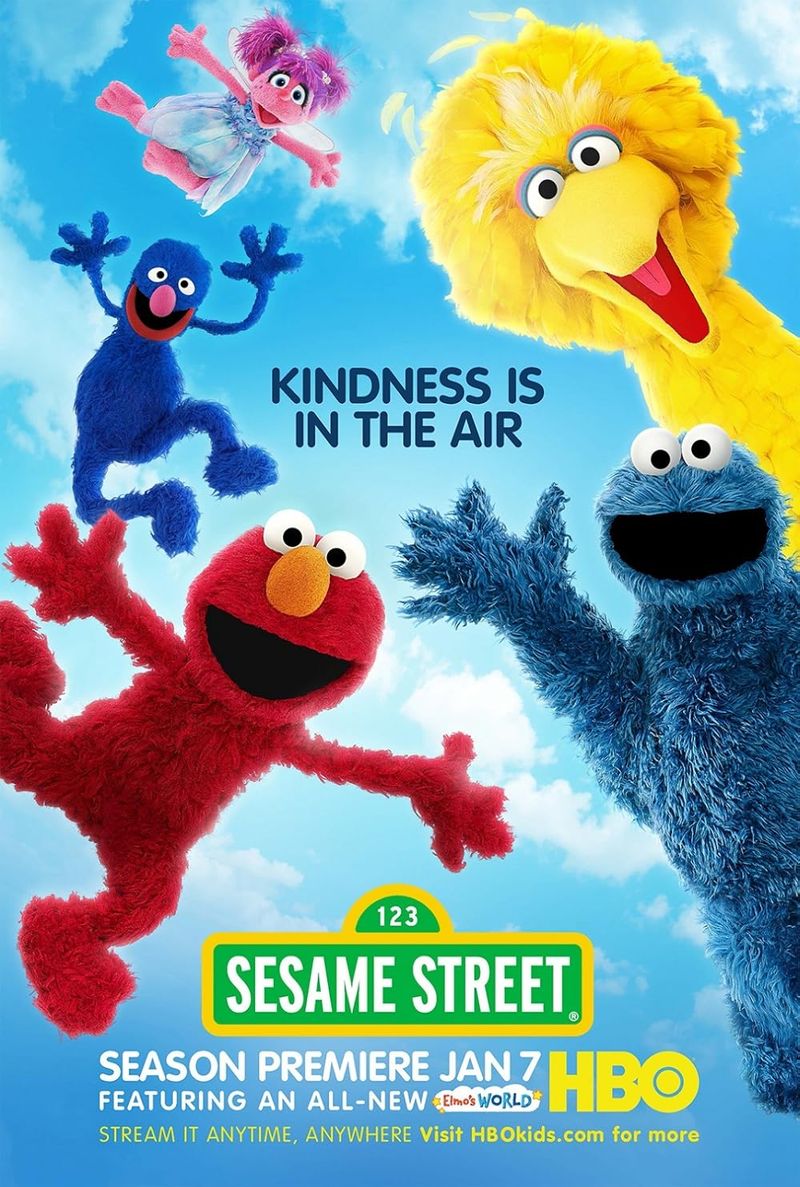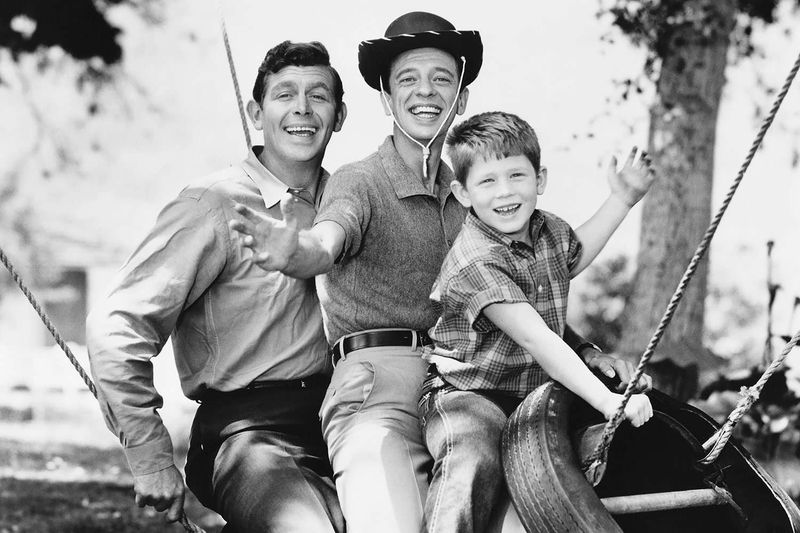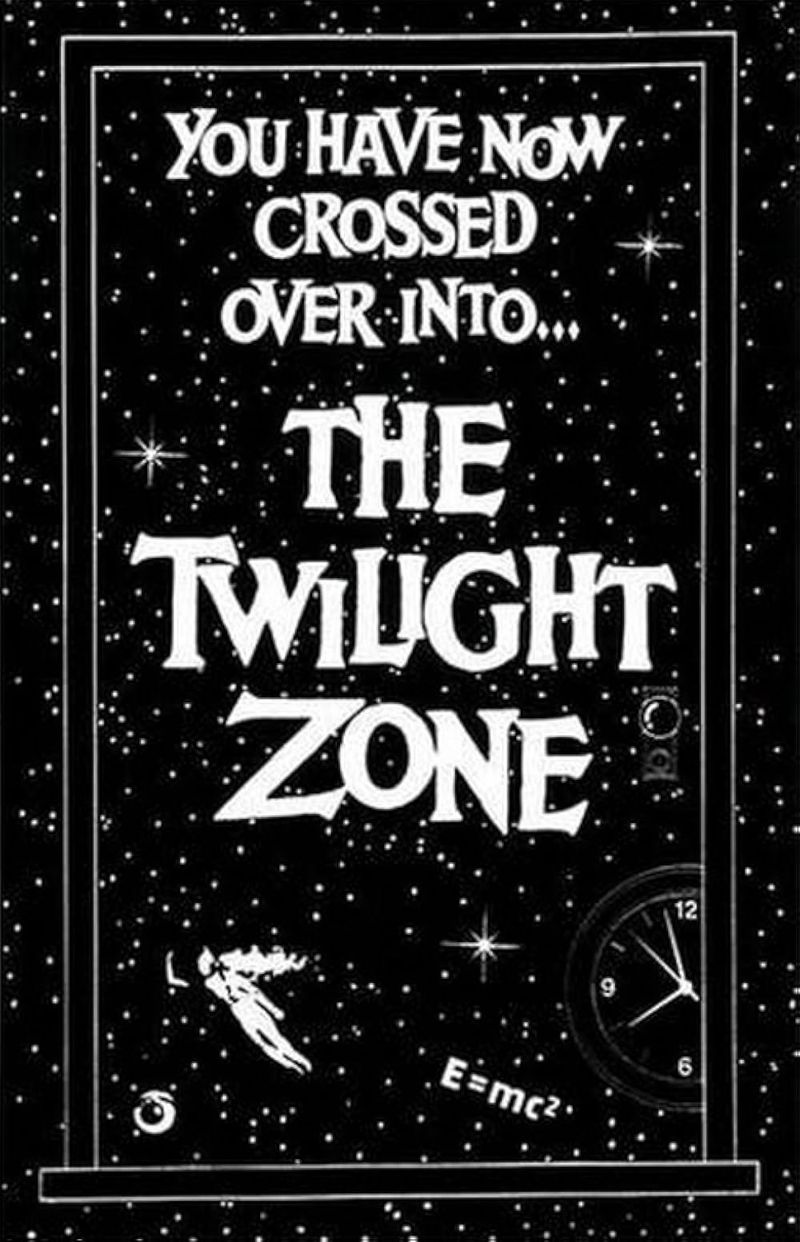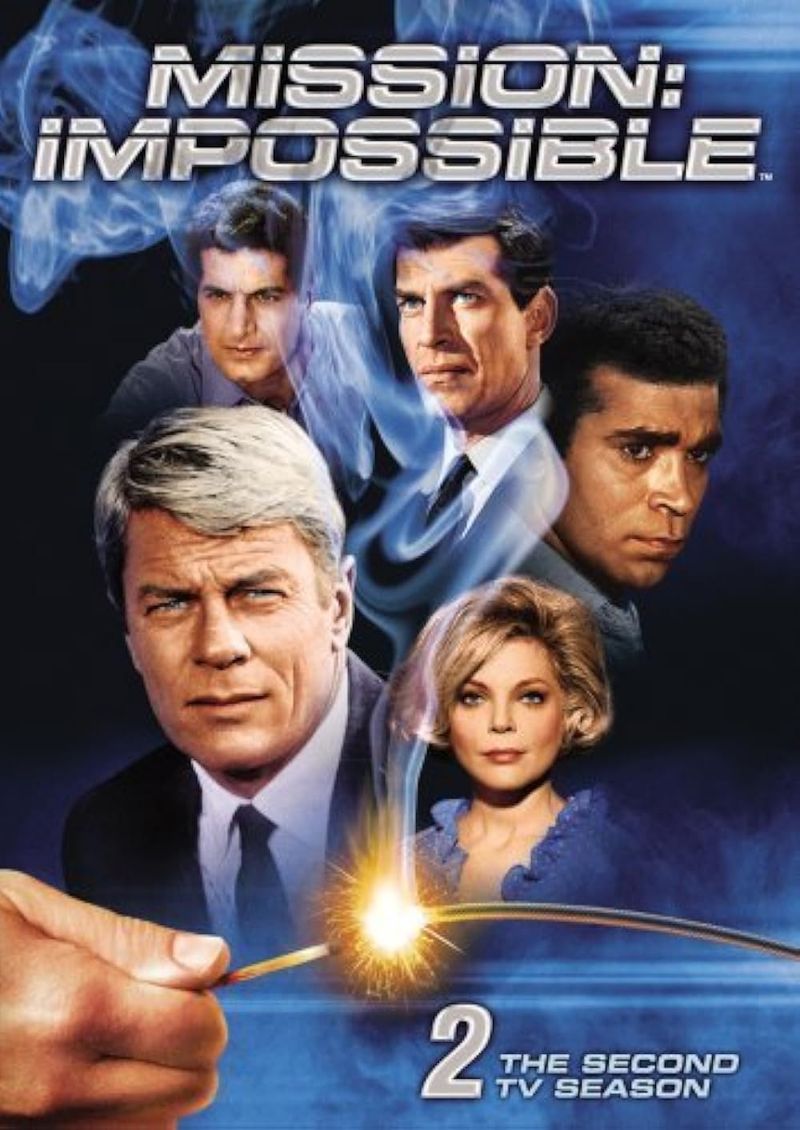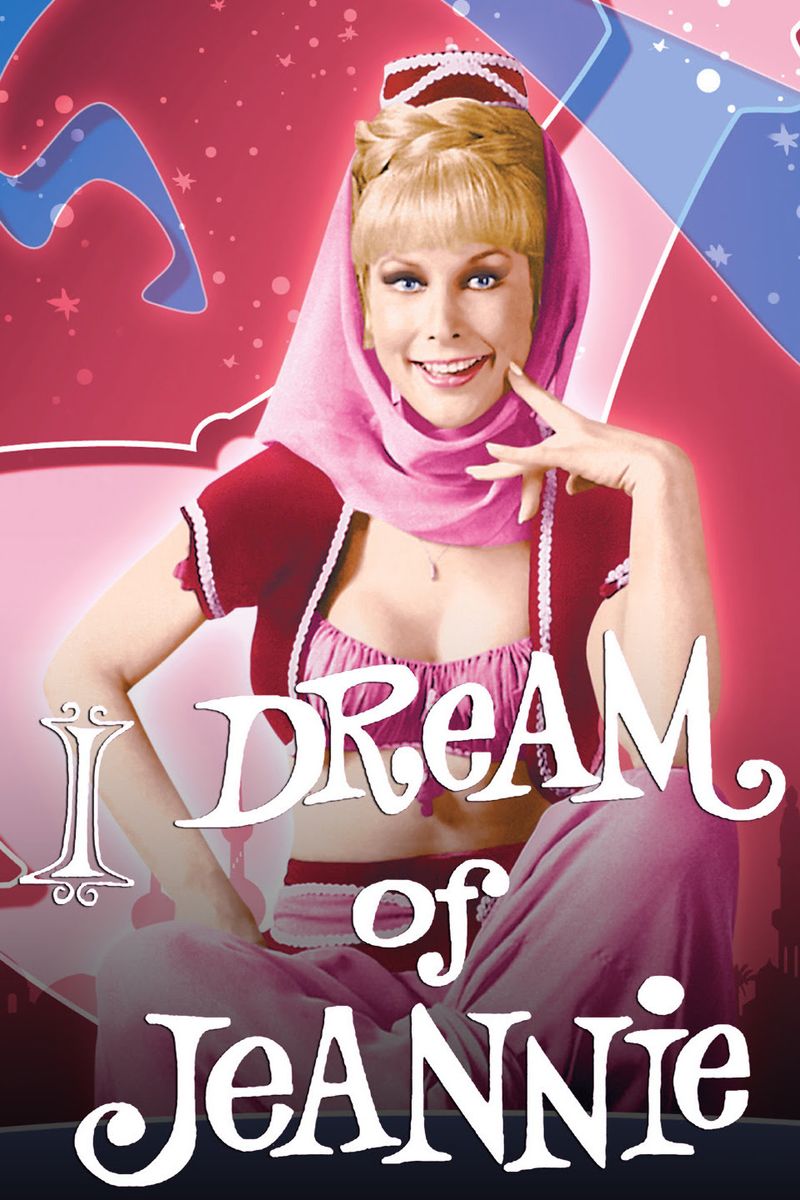Remember when TV shows had catchy tunes that stuck in your head for days? Before streaming and skip buttons, these musical intros set the stage for our favorite programs. They became part of our shared culture, instantly recognizable across generations. From detective dramas to sitcom classics, these melodies continue living in our collective memory long after some shows ended.
1. Friends – “I’ll Be There For You”
The Rembrandts created pop culture history with this upbeat anthem of friendship and support. Those iconic handclaps get everyone joining in before the lyrics even begin.
The song perfectly captured the show’s essence about six friends navigating life together in New York City. Most viewers don’t realize the full version runs much longer than the TV intro!
Originally, producers considered using R.E.M.’s “Shiny Happy People” before commissioning this custom track that became so popular it reached #17 on Billboard’s Hot 100 chart when released as a single.
2. The Fresh Prince of Bel-Air
Will Smith rapped his way into television history with this story-telling intro. The narrative cleverly explains the entire premise of the show in just over a minute.
Fans still know every word decades later, often reciting “In West Philadelphia born and raised” unprompted at parties. The catchy beat and Smith’s charismatic delivery created an instant earworm.
The cab driver shown during the sequence actually appears in multiple episodes throughout the series. This theme song remains so beloved that when the dramatic reboot “Bel-Air” launched in 2022, it included subtle musical nods to the original.
3. Cheers – “Where Everybody Knows Your Name”
Gary Portnoy’s warm, inviting melody captured the essence of a neighborhood bar where regulars find comfort. The lyrics about wanting to escape to a friendly place resonated with viewers seeking the same sense of belonging.
The montage of vintage photos showing actual Boston bars from the early 1900s adds authentic charm. Many fans consider this the ultimate TV theme song, perfectly setting the tone for the show’s welcoming atmosphere.
Interestingly, Portnoy submitted three different songs before the producers finally approved this version, which later became his signature achievement despite his extensive songwriting career.
4. The Brady Bunch
Those opening notes immediately conjure the famous tic-tac-toe grid of smiling Brady faces. Composer Sherwood Schwartz brilliantly summarized the show’s blended family premise through simple, explanatory lyrics.
Children of the 70s and beyond can recite “Here’s the story of a lovely lady” without missing a beat. The theme’s straightforward storytelling approach became a template for many family sitcoms that followed.
Fun fact: The Brady kids weren’t actually looking at each other in those boxes – they were looking at marks on the wall! The cast had to re-film the sequence several times throughout the series as the children noticeably aged.
5. Hawaii Five-O
Surf’s up with this adrenaline-pumping instrumental by Morton Stevens! The driving drums and bold brass create an instant sense of action and excitement that perfectly matched the show’s police drama vibe.
The theme became so iconic that the University of Hawaii marching band adopted it as their unofficial fight song. Even without lyrics, people worldwide can hum those distinctive opening notes.
When CBS rebooted the series in 2010, producers wisely kept the original theme music with only slight modern updates. The powerful melody has been featured in countless movies, commercials, and sports events, transcending its TV origins.
6. Gilligan’s Island – “The Ballad of Gilligan’s Isle”
Another Sherwood Schwartz creation, this sea shanty-inspired tune tells the complete story of the S.S. Minnow and its shipwrecked passengers. The catchy melody with its “three-hour tour” refrain embedded itself in American pop culture forever.
Early episodes actually had different lyrics, originally referring to the Professor and Mary Ann as “and the rest.” Fans know the revised version that names all seven castaways.
Singer/songwriter Sherwood Schwartz pitched the show by singing this theme song to executives! The nautical tune with its jaunty rhythm perfectly captures the show’s lighthearted approach to the castaways’ predicament.
7. The Addams Family
*Snap snap* Just those two finger clicks instantly identify this quirky theme composed by Vic Mizzy. The harpsichord melody and playful lyrics about the “creepy, kooky” family created the perfect mood for this lovably macabre clan.
Mizzy not only wrote the music but sang the vocals himself, overdubbing his own voice to sound like a group. The theme song actually explains the show’s premise better than any dialogue could.
When performing the theme, fans automatically add those iconic finger snaps at precisely the right moments. The catchy tune returned for the 1990s films and remains instantly recognizable to generations who’ve never seen a single episode.
8. M*A*S*H – “Suicide Is Painless”
Contrary to the show’s comedic elements, this haunting instrumental carries a melancholy that perfectly captured the series’ antiwar sentiment. Most viewers don’t realize the full song contains lyrics (heard in the movie version) written by director Robert Altman’s 14-year-old son!
The gentle, almost lullaby-like quality contrasts powerfully with the show’s Korean War setting. Composer Johnny Mandel created a melody that communicates the sadness underlying the show’s humor.
The theme became so associated with the long-running series that many fans reported feeling emotional whenever they heard it. Its bittersweet tone echoed the show’s unique blend of comedy and tragedy.
9. Sesame Street – “Can You Tell Me How to Get to Sesame Street?”
The cheerful question “Can you tell me how to get, how to get to Sesame Street?” has welcomed children to the neighborhood since 1969. Composer Joe Raposo created this upbeat, inviting melody that promises fun and learning ahead.
The song’s urban sounds reflect the show’s city setting while the children’s voices create immediate appeal for young viewers. Several versions have been recorded over the decades, but the core melody remains unchanged.
Research shows this may be one of the first songs many children learn to sing along with completely. The theme’s simple question invites viewers into the world of Big Bird, Cookie Monster, and friends with warmth and wonder.
10. The Andy Griffith Show
That cheerful whistling immediately transports viewers to the simple life of Mayberry. Composer Earle Hagen actually performed the famous whistling himself, creating one of television’s most recognizable melodies with just his lips!
The laid-back tune perfectly captures the show’s small-town charm and unhurried pace. The theme, officially titled “The Fishin’ Hole,” evokes images of Andy and Opie walking to their favorite fishing spot with poles over their shoulders.
No lyrics were needed to communicate the show’s wholesome values and gentle humor. The whistled melody has become shorthand for simpler times, often referenced when people talk about nostalgia for small-town America.
11. The Twilight Zone
Those eerie, otherworldly notes by composer Marius Constant instantly signal that something strange is about to happen. The unsettling four-note motif creates immediate tension and anticipation.
Interestingly, the iconic theme wasn’t written specifically for the show. CBS purchased the rights to Constant’s existing experimental music piece after the first season.
The theme’s dissonant qualities and unusual instrumentation perfectly complement Rod Serling’s famous opening narration about “a dimension not only of sight and sound, but of mind.” Modern audiences still recognize these notes as the universal signal for something bizarre or unexpected, showing the theme’s lasting impact on popular culture.
12. Mission: Impossible
Lalo Schifrin’s pulsating 5/4 time signature creates immediate tension perfect for a spy thriller. The distinctive rhythm and driving beat signal danger and intrigue from the first note.
The instrumental theme perfectly complements the show’s famous self-destructing message sequence. Even those who’ve never seen the original series recognize this theme thanks to the blockbuster film franchise that wisely retained it.
Musicians particularly appreciate the unusual time signature that gives the melody its urgent, off-kilter feeling. The theme has been remixed and updated numerous times but always maintains its core elements – proof that Schifrin created something truly timeless that captures the essence of high-stakes espionage.
13. I Dream of Jeannie
Composer Hugo Montenegro created this playful, Middle Eastern-influenced melody that perfectly captures the show’s magical premise. The bouncy tune with its distinctive woodwind sound immediately evokes Jeannie’s supernatural abilities.
The theme features exotic instrumentation including finger cymbals and unusual percussion that transport listeners to a fantasy world. Many viewers remember the animated sequence of Jeannie’s bottle washing ashore that accompanied this catchy tune.
Although the theme underwent slight modifications throughout the series’ run, its core whimsical character remained consistent. The music brilliantly balances mystery with comedy, just like the show itself balanced Jeannie’s magical powers with the complications they caused in Major Nelson’s life.
14. Star Trek: The Original Series
Alexander Courage’s majestic theme perfectly captures the wonder of space exploration with its soaring orchestral arrangement. The opening notes create a sense of vastness and possibility that matched Captain Kirk’s famous “final frontier” monologue.
The wordless female vocal by soprano Loulie Jean Norman adds an ethereal, otherworldly quality that suggests alien landscapes. Many fans can immediately picture the Enterprise gliding through space when they hear those first few notes.
Creator Gene Roddenberry later wrote lyrics to the theme (which were never used on air) primarily to claim co-composer royalties! The theme underwent revisions for later Star Trek series but always maintained elements of Courage’s original composition, showing its fundamental importance to the franchise.

